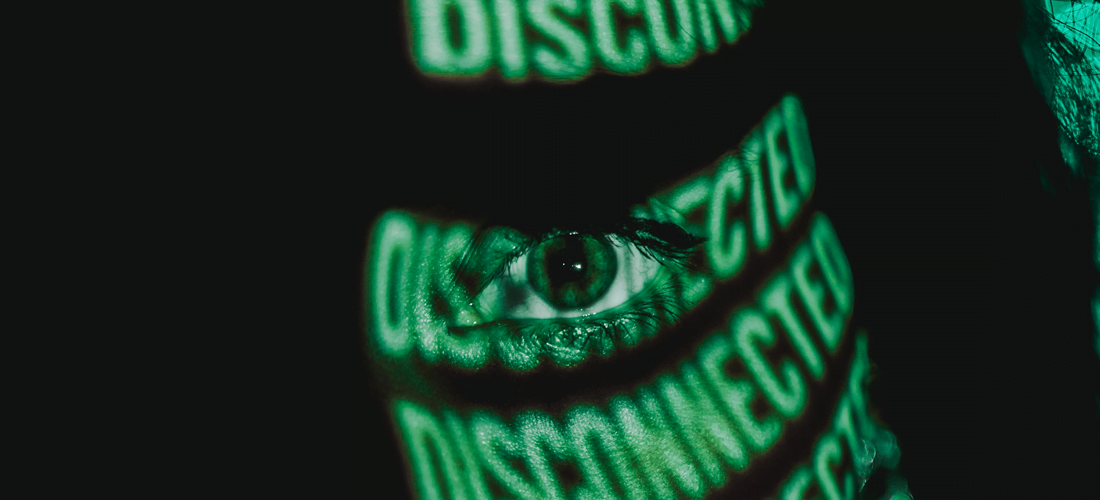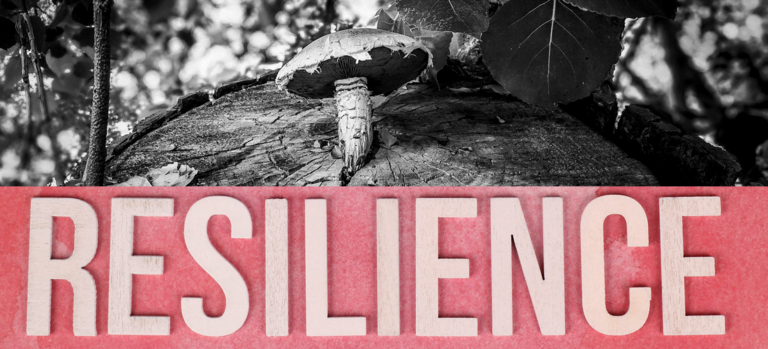In today’s hyperconnected world, the allure of screens is almost inescapable. Be it for work, leisure, or learning, our reliance on digital devices has grown exponentially. However, this incessant digital consumption is not without its consequences, particularly on our mental health. Welcome to our latest blog post, where we delve into the concept of “Digital Detox” – a conscious effort to reduce screen time – and discuss its profound effects on mental well-being. Join us as we navigate this critical topic, providing insights and strategies to help you manage your digital life, thereby improving your mental health.
The Benefits of Digital Detox
Embarking on a digital detox can have numerous positive effects on mental health. Here are some of the key benefits:
1. Reduced Stress and Anxiety
Limiting digital exposure helps break the cycle of constant notifications and information overload, leading to decreased stress and anxiety levels.
2. Improved Sleep Quality
Disconnecting from digital devices, especially before bedtime, can promote better sleep quality and help regulate sleep patterns.
3. Enhanced Focus and Concentration
Digital detox allows your mind to reset, leading to improved focus, concentration, and the ability to engage in deep, uninterrupted work or activities.
4. Increased Productivity
With fewer distractions from digital devices, you can be more productive in both work and leisure activities.
5. Better Relationships
Spending less time on screens allows for more meaningful connections with family, friends, and colleagues, leading to stronger relationships and improved social well-being.
6. Mindfulness and Present Moment Awareness
Digital detox encourages you to be present in the moment, fostering mindfulness and a greater appreciation of your surroundings.
7. Boosted Creativity
Disconnecting from the digital world gives your mind space to wander and explore, which can lead to increased creativity and new perspectives.
8. Improved Mood
Less exposure to negative content on social media and news platforms can positively impact your overall mood and emotional well-being.
9. Greater Self-Control
Digital detox helps break the cycle of digital dependency, promoting a sense of self-control and reducing impulsive behaviors related to technology use.
10. Physical Health Benefits
Detaching from screens allows you to engage in physical activities, leading to improved physical health and overall well-being.
11. Reduced Fear of Missing Out (FOMO)
Letting go of the constant need to check social media and digital updates can alleviate the fear of missing out on online events and activities.
12. Improved Memory and Cognitive Function
Digital detox can enhance memory retention and cognitive abilities by reducing cognitive overload from excessive screen time.
13. Empowerment and Autonomy
Taking a break from digital devices can lead to a sense of empowerment and autonomy over your time and attention.
14. Better Emotional Regulation
Disconnecting from social media and negative online environments can help regulate emotions and prevent negative spirals.
15. Heightened Gratitude
Digital detox can encourage gratitude for the simpler aspects of life, leading to a more positive outlook and increased happiness.
Overall, digital detox allows individuals to reclaim control over their digital habits, leading to improved mental health, a better balance between technology and real-life experiences, and a greater sense of overall well-being.
What is Digital Detox?
A digital detox refers to a period of time during which an individual refrains from using electronic devices such as smartphones, computers, or digital media like social networking sites and digital platforms. It is a means to reduce stress, focus more on social interaction in the physical world and enjoy nature. In today’s digitally saturated world, a digital detox is often considered essential for mental wellness, fostering a healthier balance between our online and offline lives.
Digital devices have become ubiquitous in our daily lives, shaping our interactions, habits, and routines in unprecedented ways. They serve as our gateways to infinite information, tools for productivity, mediums for social connections, and platforms for entertainment. From smartphones and tablets to laptops and smartwatches, the prevalence of these devices signifies the deep digital transformation our society is undergoing. Yet, with these advancements also come challenges, including issues of privacy and the potential for over-reliance on technology.
Technology has a significant impact on mental health, with both positive and negative effects. On the positive side, it facilitates access to mental health resources and support networks. Online therapy and mental health apps have made it easier for individuals to seek help, especially those who might have otherwise been isolated or hesitant. Conversely, excessive use of technology, such as prolonged exposure to social media, is associated with increased levels of anxiety and depression. It often leads to feelings of inadequacy, social isolation, and a distorted perception of reality. Thus, it’s crucial to maintain a balanced and mindful approach towards the use of technology.
The Link Between Digital Dependency and Mental Health
The pervasive presence of smartphones and social media platforms has resulted in a societal shift towards constant digital connectivity. This shift often translates into addictive behaviors, characterized by excessive screen time, compulsive checking of social media notifications, and an overwhelming sense of FOMO (Fear of Missing Out). The design of these platforms, with their endless scrolling, likes, and instant gratification, leverages the human brain’s reward system, leading to a cycle of addiction. Concerns have been raised about how this pervasive reliance on digital devices and social media might impact mental health, social relationships, and overall quality of life.
Constant exposure to digital screens can have significant psychological consequences. Recent research indicates that excessive screen time can contribute to symptoms of depression and anxiety. This is partially due to the sedentary behavior associated with prolonged screen use, as well as the impact of light exposure on sleep cycles. Furthermore, the constant influx of information and potential for comparison on social media platforms can contribute to feelings of inadequacy, stress, and negative self-perception. It is therefore critical to manage digital exposure and prioritize periods of disconnection for mental health and overall well-being.
Recognizing the Signs of Digital Overload
Recognizing the signs of digital overload is crucial in our technologically driven world. Symptoms can vary widely, but often include feelings of anxiety or irritability when away from digital devices, compulsive checking of emails, social media, and other online platforms, and difficulty focusing on tasks without distraction.
Furthermore, physical signs like eye strain, headaches, and disrupted sleep patterns can indicate excessive screen time. Lastly, if you find that your real-life relationships or duties are suffering due to your digital consumption, it may be time to reassess and recalibrate your digital habits. Here are some key indicators that you might be experiencing digital overload:
Constant Device Use
You find yourself compulsively checking your smartphone or other digital devices, even when there’s no specific reason to do so. The urge to pick up your phone becomes habitual and difficult to control.
Sleep Disturbances
Excessive screen time, especially before bedtime, can disrupt your sleep patterns. Difficulty falling asleep, staying asleep, or experiencing poor sleep quality may be signs of digital overload.
Feeling Anxious or Restless
If you feel uneasy or anxious when you’re away from your digital devices, this may indicate a dependency on technology.
Reduced Attention Span
Digital overload can lead to decreased focus and an inability to concentrate on tasks without the constant need for digital stimulation.
Neglecting Real-Life Interactions
You find yourself disengaging from face-to-face conversations and social events in favor of staying connected to your digital world.
Physical Symptoms
Prolonged screen time can lead to physical symptoms such as eye strain, headaches, and neck pain.
Decreased Productivity
Constantly switching between tasks or getting easily distracted by digital notifications can hamper your productivity.
Social Media Obsession
Spending excessive amounts of time on social media, comparing yourself to others, and seeking validation through likes and comments may be a sign of digital overload.
Neglecting Self-Care
Digital overload can lead to neglecting self-care activities, such as exercise, hobbies, and spending time outdoors.
Feeling Overwhelmed
If you feel overwhelmed by the sheer volume of information, notifications, and messages coming through your devices, it may be a sign of digital overload.
Escapism
Using digital devices as a way to escape from real-life stress or problems can be a sign of dependency and digital overload.
Physical Detachment
Feeling detached from your surroundings or dissociating from real-life situations because you are too engrossed in the digital world.
It’s essential to be self-aware and recognize these signs. If you notice any of these indicators in your behavior or daily life, it may be time to consider a digital detox or implement healthier digital habits. Remember, finding a balance between your digital life and the real world is crucial for your mental and emotional well-being.
Practical Tips for a Successful Digital Detox
Implementing a successful digital detox requires planning and commitment. Here are some practical tips to help you have a productive and beneficial digital detox:
Set Clear Goals
Define the purpose of your digital detox. Whether it’s reducing screen time, disconnecting from social media, or limiting specific apps, having clear objectives will keep you focused.
Pick a Duration
Decide on the duration of your detox, such as a weekend, a week, or even a month. Choose a timeframe that aligns with your goals and is manageable for you.
Inform Others
Let friends, family, and colleagues know about your digital detox plan, so they understand your reduced availability and can support your effort.
Create a Detox Plan
Outline the specifics of your digital detox. Identify the apps and devices you will avoid, as well as alternative activities to engage in during your detox.
Set Boundaries
Establish specific times and places where digital devices are off-limits, such as during meals, before bedtime, or in certain rooms of your home.
Remove Temptations
During your detox, remove distracting apps from your devices or use digital wellbeing features to limit usage and block certain apps.
Designate Tech-Free Zones
Designate areas in your home or workplace as tech-free zones to promote face-to-face interactions and focus on other activities.
Find Offline Hobbies
Rediscover hobbies and interests that don’t involve screens, such as reading, painting, hiking, or cooking.
Practice Mindfulness
Incorporate mindfulness exercises into your day to stay present and aware of your thoughts and surroundings.
Engage in Physical Activities
Spend time outdoors, exercise, or participate in sports to promote physical and mental well-being.
Limit News Consumption
Minimize exposure to news, especially negative or distressing headlines, which can contribute to stress and anxiety.
Use an Alarm Clock
Charge your phone outside of your bedroom and use a traditional alarm clock to avoid starting and ending your day with screens.
Connect Face-to-Face
Prioritize face-to-face interactions with friends and family, which can provide deeper connections and social support.
Model Good Behavior
If you’re a parent, lead by example. Demonstrate healthy tech habits for your children to follow.
Practice Gratitude
Keep a gratitude journal to focus on positive aspects of your life and reduce the need for external validation through social media.
Get Creative
Use your digital detox as an opportunity to explore your creative side by writing, drawing, or crafting.
Limit Email Checking
Set specific times during the day to check and respond to emails instead of constantly being on alert.
Establish a Wind-Down Routine
Develop a relaxing wind-down routine before bedtime, such as reading a book or meditating, to improve sleep quality.
Join a Digital Detox Challenge
Consider joining a digital detox challenge or support group to stay motivated and share experiences with others.
Reflect on the Experience
After completing your digital detox, take time to reflect on the positive changes you experienced and consider incorporating some habits into your regular routine.
Remember, a successful digital detox is not about completely eliminating technology from your life, but finding a healthier balance that allows you to use digital devices mindfully and intentionally.
Seeking Professional Help and Support
Professional intervention for digital addiction should be considered when the individual’s dependency on digital devices begins to interfere with their daily activities, personal relationships, and overall well-being. Signs might include obsessive thoughts about being online, irritability when unable to use digital devices, neglecting responsibilities or hobbies, and experiencing withdrawal-like symptoms when offline.
If these signs persist and self-regulation strategies fail to bring about change, then it may be time to seek professional help. This intervention can provide the individual with the tools they need to regain control, improve their digital habits, and enhance their quality of life.
Therapeutic approaches to address digital addiction cover a wide spectrum, depending on the individual’s specific needs. Cognitive Behavioral Therapy (CBT) is often at the forefront of treatment, helping individuals understand their addiction and develop coping strategies. Mindfulness-based practices can also be beneficial, promoting awareness and control over one’s digital consumption.
For severe cases, residential treatment programs or digital detoxes provide a structured environment to recover. Support from family and friends, along with self-care practices such as regular exercise and a balanced diet, can further reinforce the recovery process.
Final Thoughts
In this era of constant digital connectivity, it’s crucial to take a step back and embrace a digital detox. Unplugging from our devices provides a much-needed break for our minds, fostering mindfulness, reducing stress, and improving mental well-being. Remember, in the pursuit of being ‘online’, don’t forget to log off and tune into the magnificent world around you. The peace and tranquility that come with disconnecting can reignite creativity, enhance focus and foster healthier relationships. Embrace the digital detox – your mind will thank you for it.







